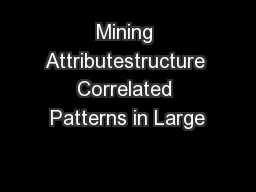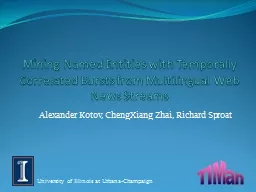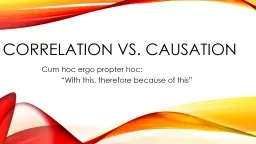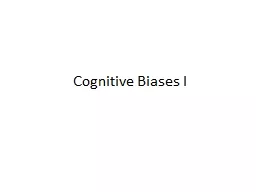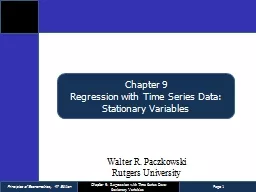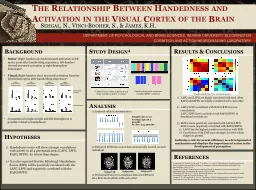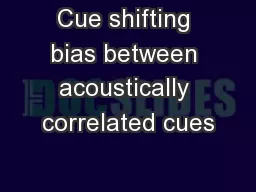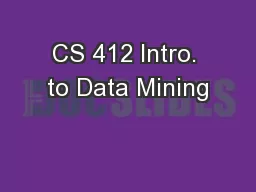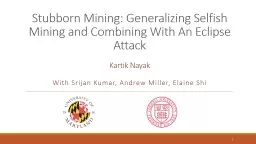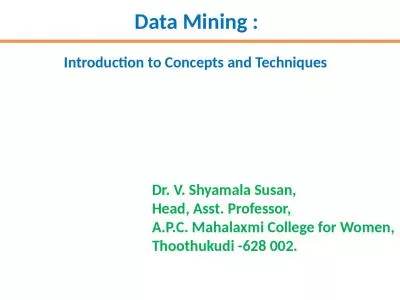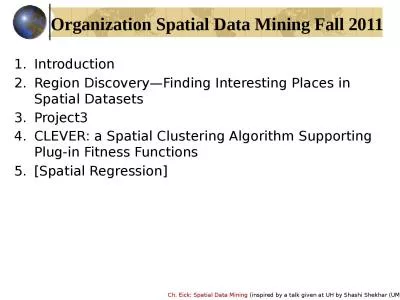PDF-Mining Attributestructure Correlated Patterns in Large
Author : stefany-barnette | Published Date : 2015-05-02
ufmgbr Wagner Meira Jr Universidade Federal de Minas Gerais Belo Horizonte Brasil meiradccufmgbr Mohammed J Zaki Rensselaer Polytechnic Institute Troy NY zakicsrpiedu
Presentation Embed Code
Download Presentation
Download Presentation The PPT/PDF document "Mining Attributestructure Correlated Pat..." is the property of its rightful owner. Permission is granted to download and print the materials on this website for personal, non-commercial use only, and to display it on your personal computer provided you do not modify the materials and that you retain all copyright notices contained in the materials. By downloading content from our website, you accept the terms of this agreement.
Mining Attributestructure Correlated Patterns in Large: Transcript
Download Rules Of Document
"Mining Attributestructure Correlated Patterns in Large"The content belongs to its owner. You may download and print it for personal use, without modification, and keep all copyright notices. By downloading, you agree to these terms.
Related Documents

